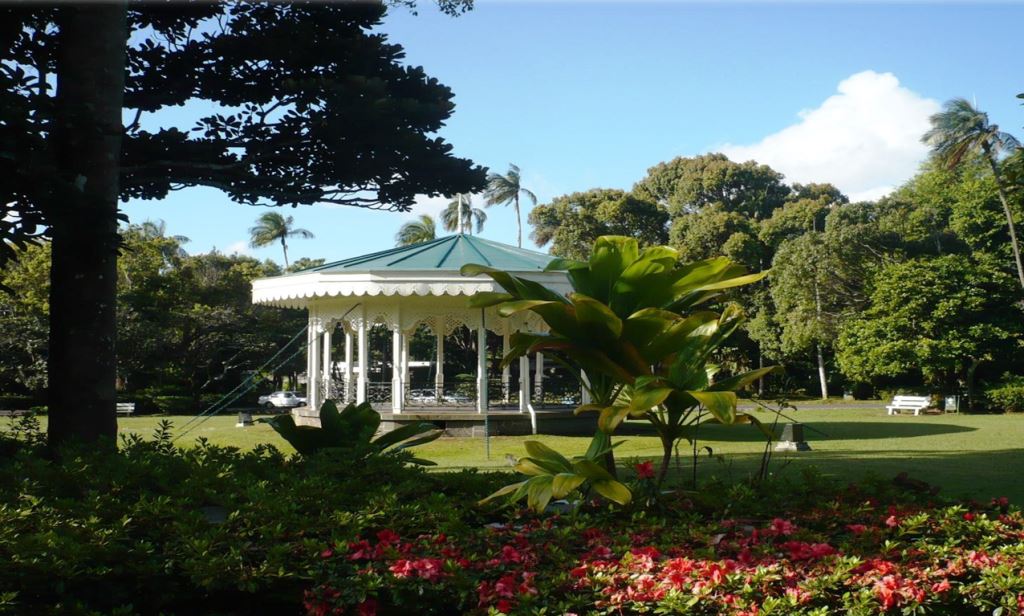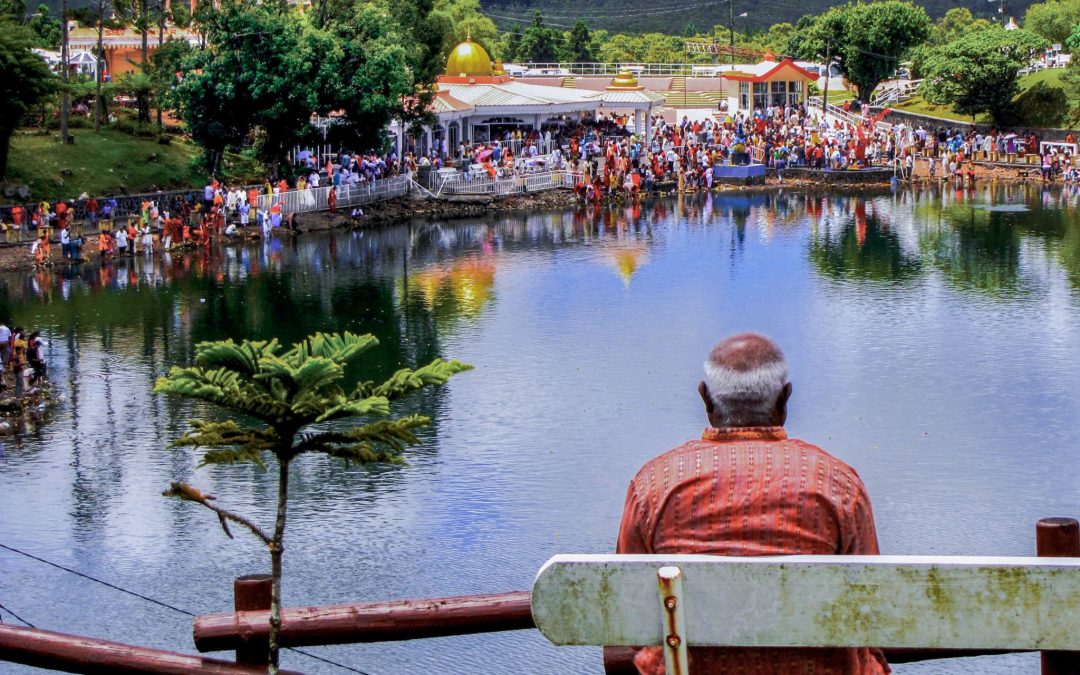Curepipe Curepipe is by far one of the most densely populated areas within Central Mauritius, and...


Curepipe Curepipe is by far one of the most densely populated areas within Central Mauritius, and...
Features information that is relevant to travellers who are thinking about and actively planning a visit to Mauritus.

Grand Bassin (also known as Ganga Talao) is a crater lake situated in a secluded mountain area in the district of Savanne, deep in the heart of Mauritius. It is about 550 m (1,800 ft) above sea level. It is the largest natural lake in Mauritius.The lake is thought to be around 18 meters deep and is teeming with a healthy population of fish and eels, perhaps because of the leftover offerings they receive from Hindu pilgrims. However, it is strictly forbidden to fish here due to the sacred nature of the lake.

Many people visit the site to pray, meditate, play with the local monkeys, or simply to walk by the lake and enjoy the gorgeous surrounding views.
In 2007 a huge statue of the Hindu god Shiva was unveiled and remains the tallest statue in Mauritius at about 33 metres high.
Grand Bassin is surrounded by candy-coloured statues of deities and Hindu temples. During Maha Shivaratri, which takes place at the end of February or beginning of March each year, half a million Hindus make a pilgrimage to the lake, the most holy place on the island. If you travel to Mauritius during this time, don’t miss this spectacular festival, which is one of the biggest Hindu celebrations outside of India. It’s a good idea to go with a guide who can give you a bit of background about all the deities depicted on the statues. Try to be respectful in the temples by wearing modest clothing and removing your shoes before going inside and do not disturb the devotees who are praying there.

To fully grasp this festival’s significance, it is important to know the harsh history of the indentured Indian labourers in Mauritius.The Hindus in the island are the descendants of half a million indentured laborers, subjects of the British Empire brought to Mauritius in the nineteenth century with the fake promise of a better life. Disease was rife aboard the vessels crossing the Indian Ocean, with cholera, smallpox, malaria and yellow fever. Those who made it to the mainland worked as labourers in the sugarcane fields through tough conditions. It was not slavery, but it was far from what we call a normal healthy working environment.
From the top of Grand Bassin you get spectacular views of the surrounding area.